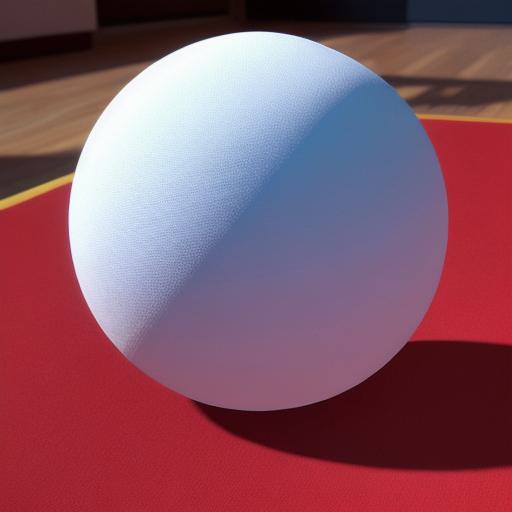Unity is a popular cross-platform game development engine known for its versatility and powerful toolset. If you’re a web developer considering diving into Unity, here are some essential features that make it an attractive choice.
-
Cross-Platform Compatibility:
Unity supports the creation of 2D, 3D, VR, and AR experiences for multiple platforms, including Windows, MacOS, iOS, Android, WebGL, and consoles like PlayStation, Xbox, and Nintendo Switch. This extensive reach makes Unity an excellent choice for web developers looking to expand their skillset or create games for various devices. -
Visual Scripting:
Unity’s visual scripting tool, called the Unity Engine’s Visual Scripting Asset, allows you to create and edit scripts using a flowchart-like interface, making it easier for developers with limited coding experience to get started. This feature is particularly helpful when prototyping game mechanics or creating interactive elements in web applications. -
Physics Engine:
Unity’s physics engine supports rigid body dynamics, collisions, and joints for both 2D and 3D projects. It also offers realistic simulations for various environments like cloth, fluids, and soft bodies. The advanced physics capabilities make it a perfect choice for creating interactive web experiences.

-
Multi-threaded Rendering:
Unity’s multi-threaded rendering engine allows you to optimize performance by distributing rendering tasks across multiple CPU cores. This feature is particularly useful when dealing with complex scenes, large textures, or high frame rates, which are essential for web applications. -
Built-in Animation Tools:
Unity comes with a rich set of animation tools that allow you to create complex animations using keyframes or scripted animations. These tools enable developers to add dynamic elements to their web projects, enhancing user experience and engagement. -
Asset Store:

Unity’s Asset Store is an online marketplace where you can find pre-built assets like characters, models, textures, scripts, and plugins. This massive repository of resources can save you time and effort while also providing access to high-quality assets that might be difficult or expensive to create from scratch. -
Integrated Development Environment (IDE):
Unity’s IDE provides a centralized workspace for designing, scripting, testing, and debugging your projects, making it an ideal tool for web developers working on complex interactive experiences. The intuitive interface also offers features like version control integration, real-time collaboration tools, and seamless publishing workflows.
In conclusion, Unity’s extensive feature set, including cross-platform compatibility, visual scripting, physics engine, multi-threaded rendering, built-in animation tools, the Asset Store, and integrated development environment, make it an essential choice for web developers looking to create engaging and interactive experiences. With its powerful toolset, flexible workflows, and vast community of creators, Unity offers endless possibilities to push the boundaries of web applications.
